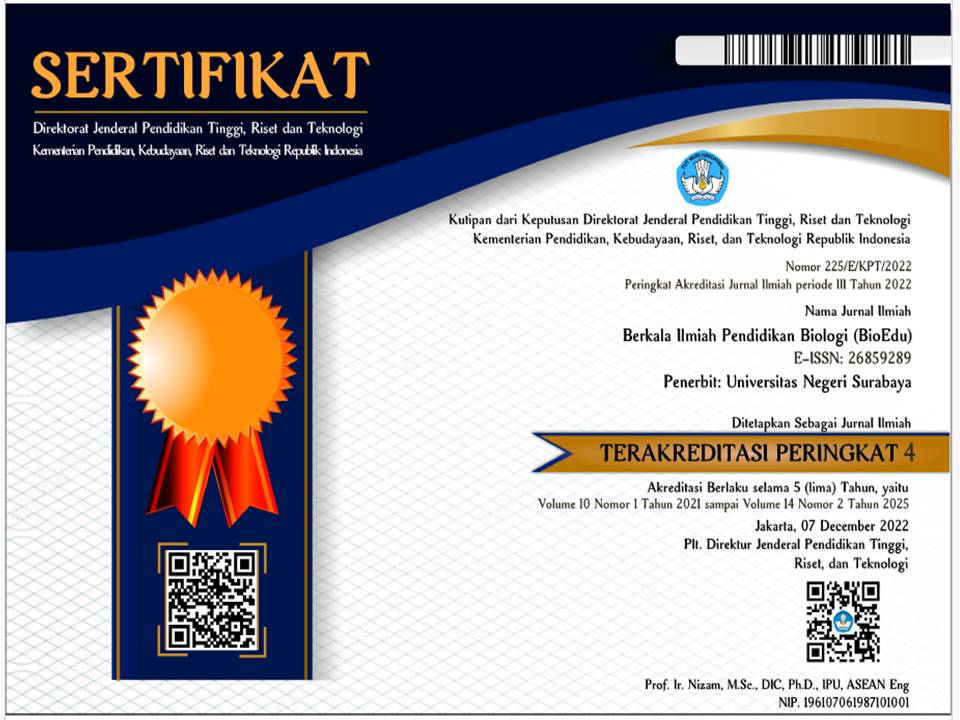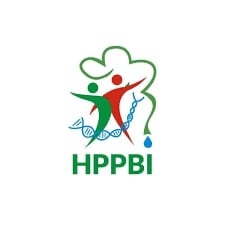Pengembangan E-Lkpd Pertumbuhan dan Perkembangan Tumbuhan Berbasis Guided Discovery untuk Melatihkan Keterampilan Proses Sains Terintegrasi
DOI:
https://doi.org/10.26740/bioedu.v12n3.p706-717Downloads
Download data is not yet available.
 Abstract views: 426
,
Abstract views: 426
, PDF Downloads: 1093
PDF Downloads: 1093













